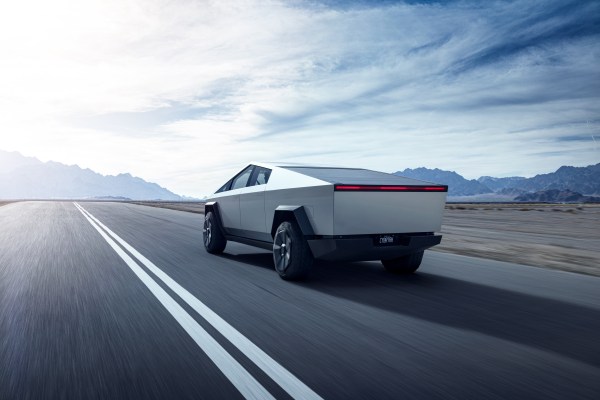As a solution to the unpredictable nature of renewable energy sources like solar and wind power, gravity batteries are being pitched as an ideal remedy. To further this cause, Swiss startup Energy Vault is now completing two such units, which are situated near Shanghai in China and Texas in the United States.
The basic idea behind a gravity battery system is to lift a heavy object, such as a large mass of concrete or a weight, on a pulley, using energy from a power source. When energy is needed, the thing can fall, and the potential energy is converted back into electricity.
The firm’s only gravity-based storage system does not rely on land topography or geology and “thus can be built almost anywhere either co-located with solar or wind plants or simply connected to the grid to support dispatchability and grid stability,” according to a statement by the firm.
Low-cost bricks act as the moving blocks in such batteries
To use potential energy for energy generation, Energy Vault has replaced water in a conventional hydropower unit with “proprietary cement/polymer-based composite bricks that can be made of ultra-low-cost materials: soil, mine tailings, coal ash, incinerated city waste, and other remediation materials.”
Each brick is designed to weigh 35 metric tons and is engineered to have a specific gravity at least twice that of water and enough compressive agility. According to the firm, its approach stocks renewable energy and “utilizes material that would otherwise be destined for landfills at a very high financial and environmental cost.”
Their original system consisted of a combination such blocks and a tall tower. A surplus of power, owing to sunlight or wind, is utilized to power a mechanical crane to lift the blocks 35 stories into the air. These blocks then stay suspended there until power is needed again. In times of need, these blocks are lowered, pulling on cables that spin turbines, thus producing electricity. According to Energy Vault, the blocks will have a storage capacity of up to 80 megawatt-hours and be able to continuously discharge 4 to 8 megawatts for 8 to 16 hours.
The firm claims its conventional hoist machinery is more efficient than hydro plant pumps or turbines. “This results in a round trip efficiency of more than 80 percent with minimal auxiliary consumption — compared to chemical batteries which require significant thermal management to extend their otherwise short cycle life.”
Energy savings to the tune of 70 percent when compared to current competing technologies are being claimed on the back of the system’s combined efficiency with a lack of degradation in storage capacity over time.
Significant projects that can help power thousands of homes
According to CNET, Energy Vault is building its 400-foot-tall project in China for China Tianying, a waste management and recycling company. The project is designed to have an energy storage capacity of 100 megawatt-hours, which can power 3,400 homes for a day, and the system is expected to be completed in June.
On the other hand, the system is set up in Texas for energy firm Enel and will feature a 460-foot-tall structure. The total capacity of the project will stand at 36MWh.
Energy Vault also promises automation of the whole system using its custom-designed 6-armed crane operated with “proprietary algorithms and machine vision that helps to sequence and orchestrate the movement and positioning of the bricks.”






